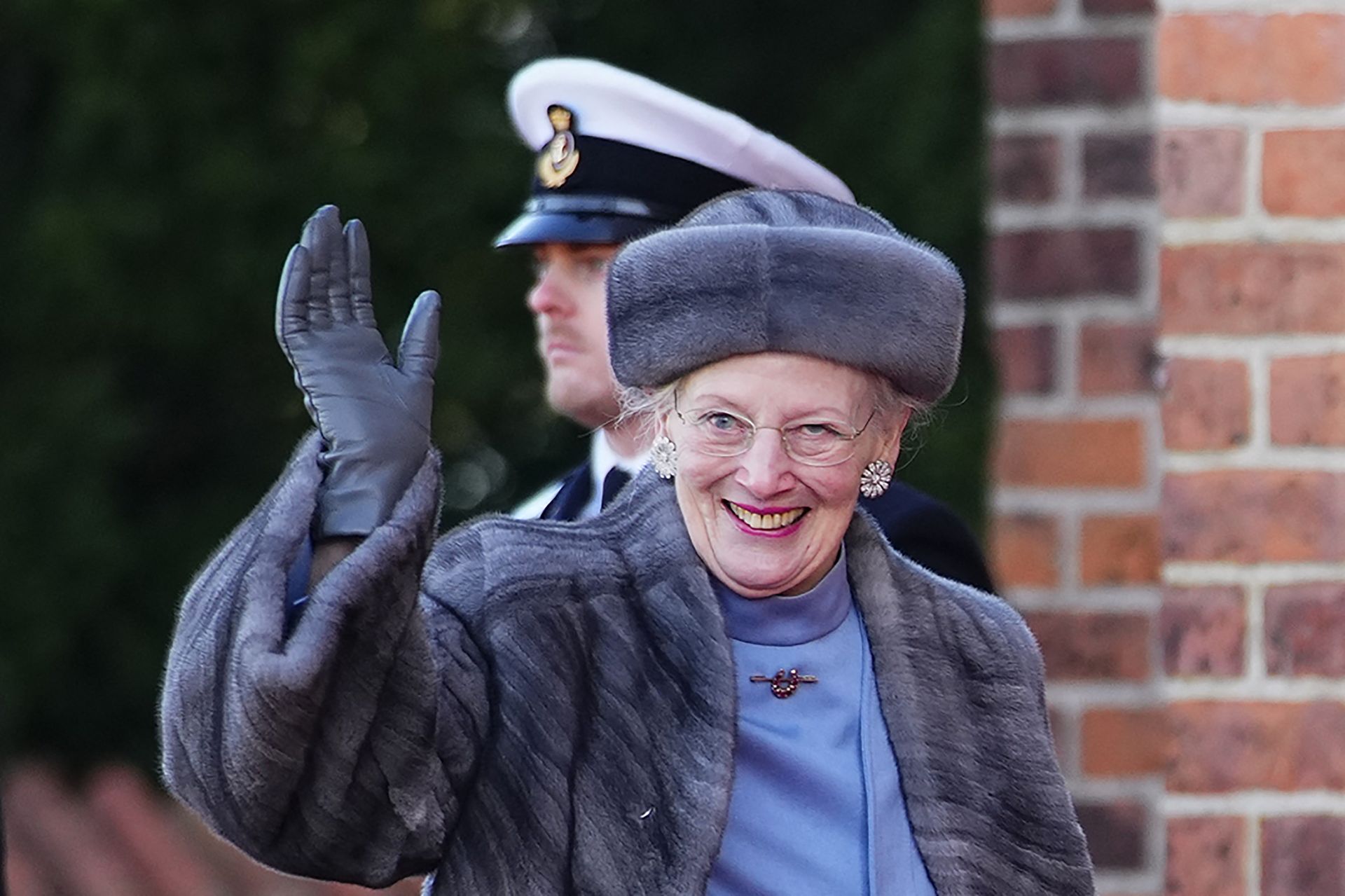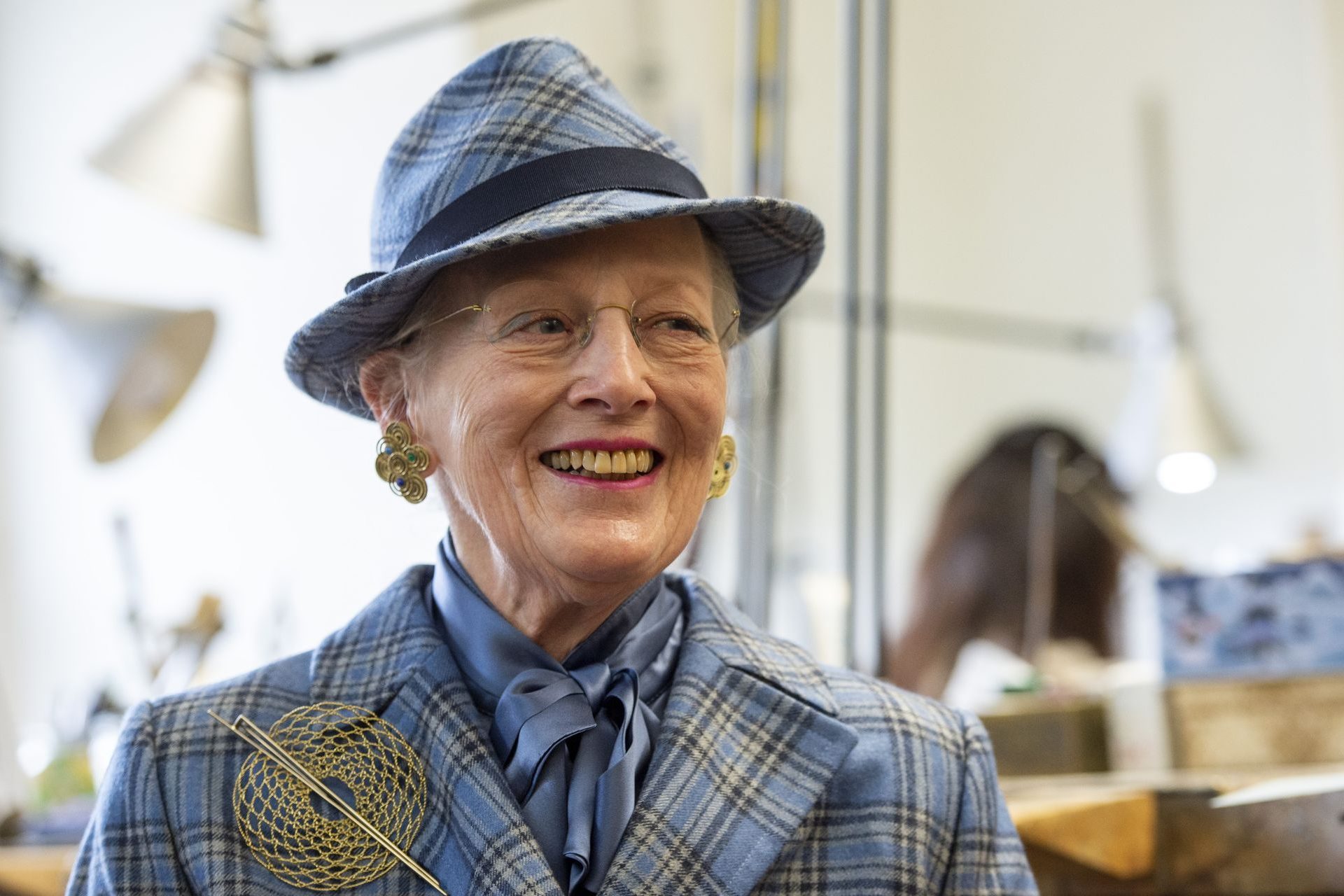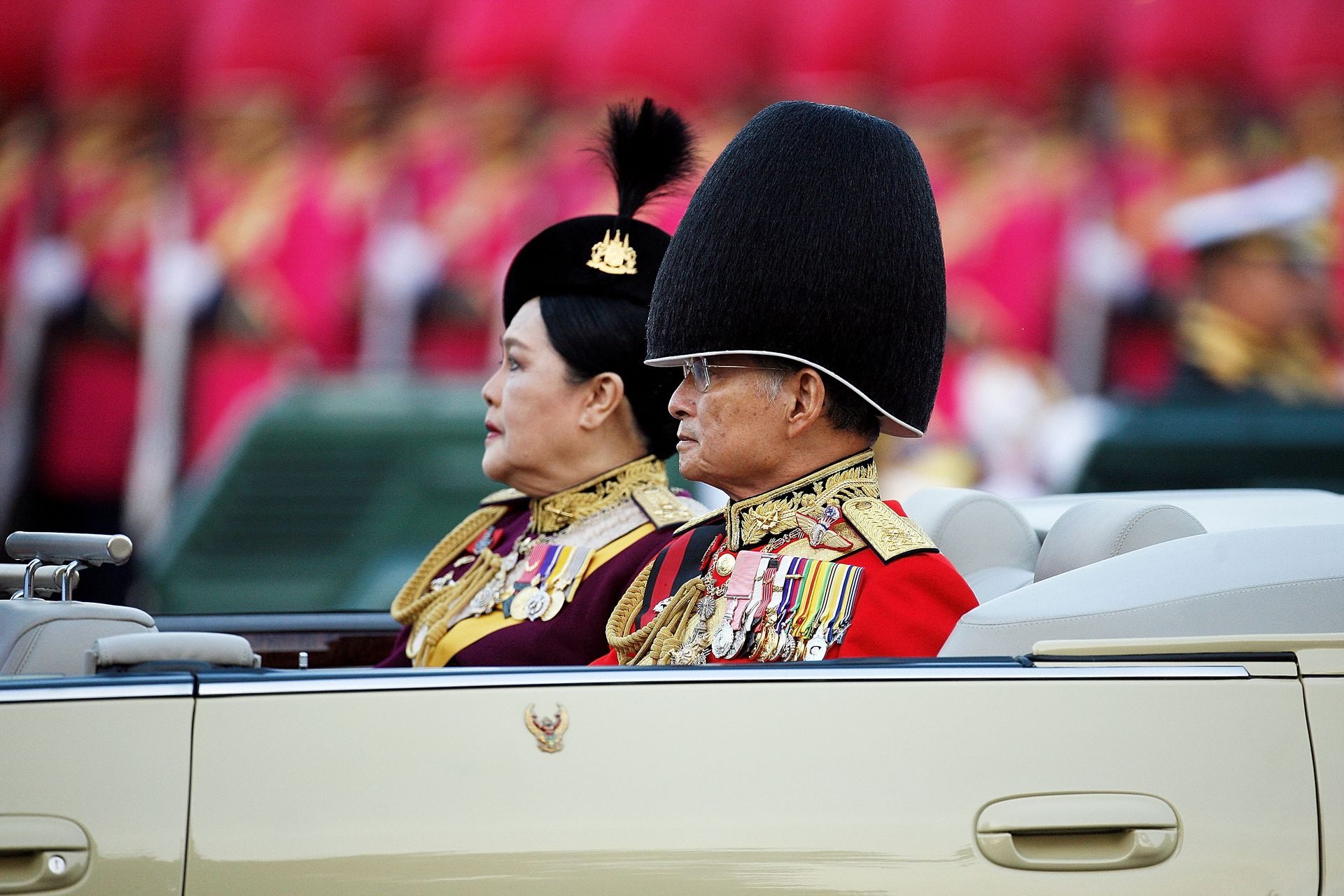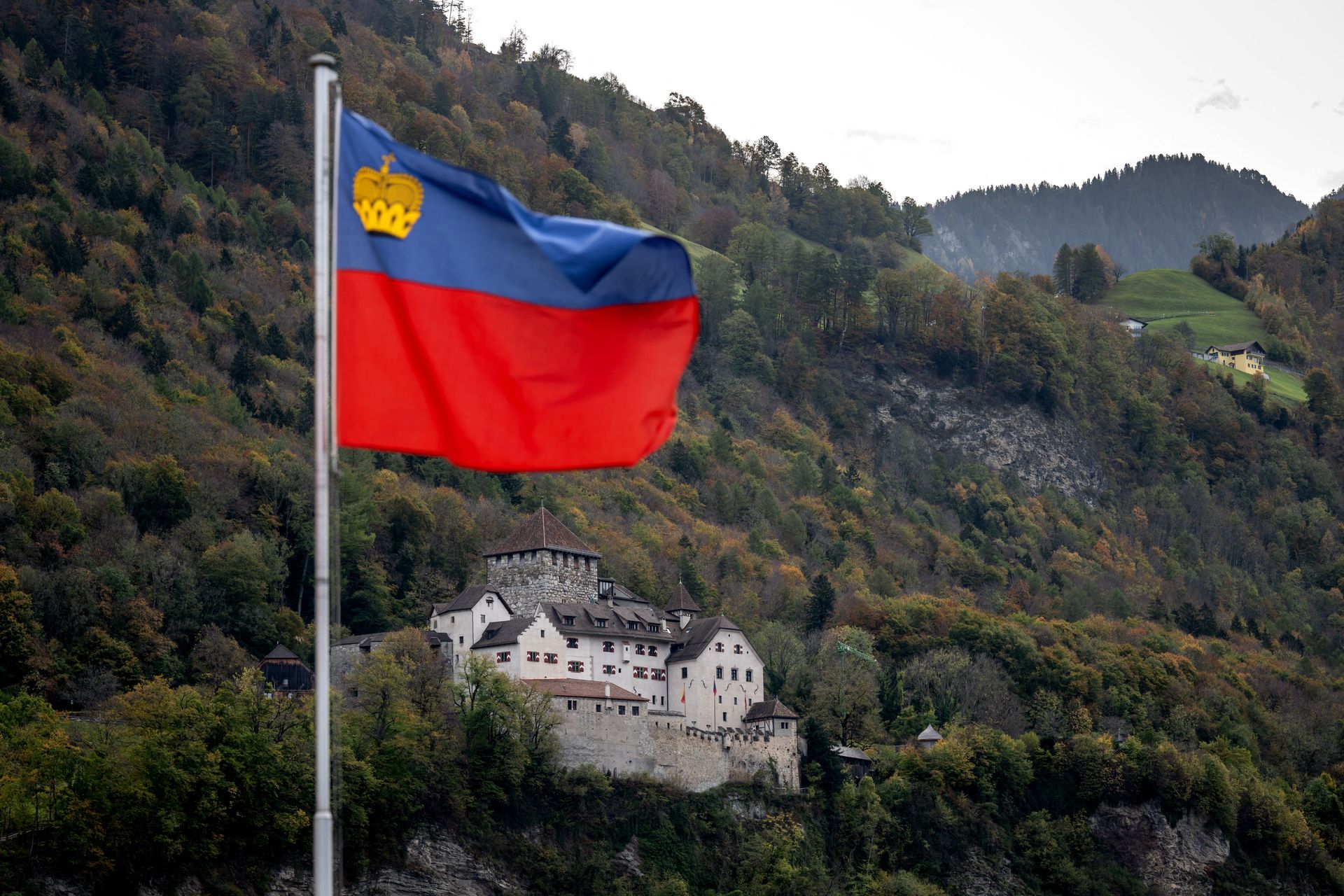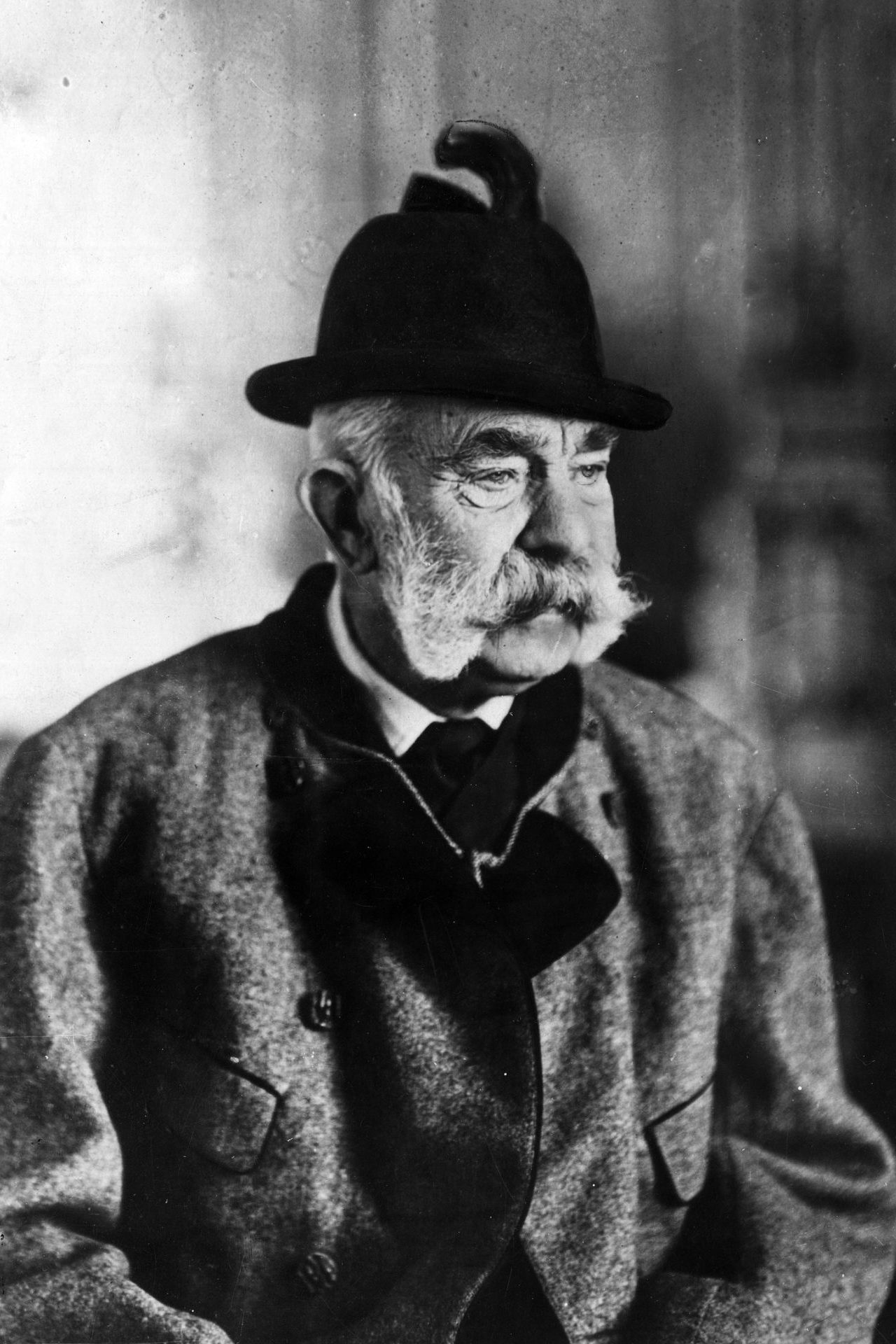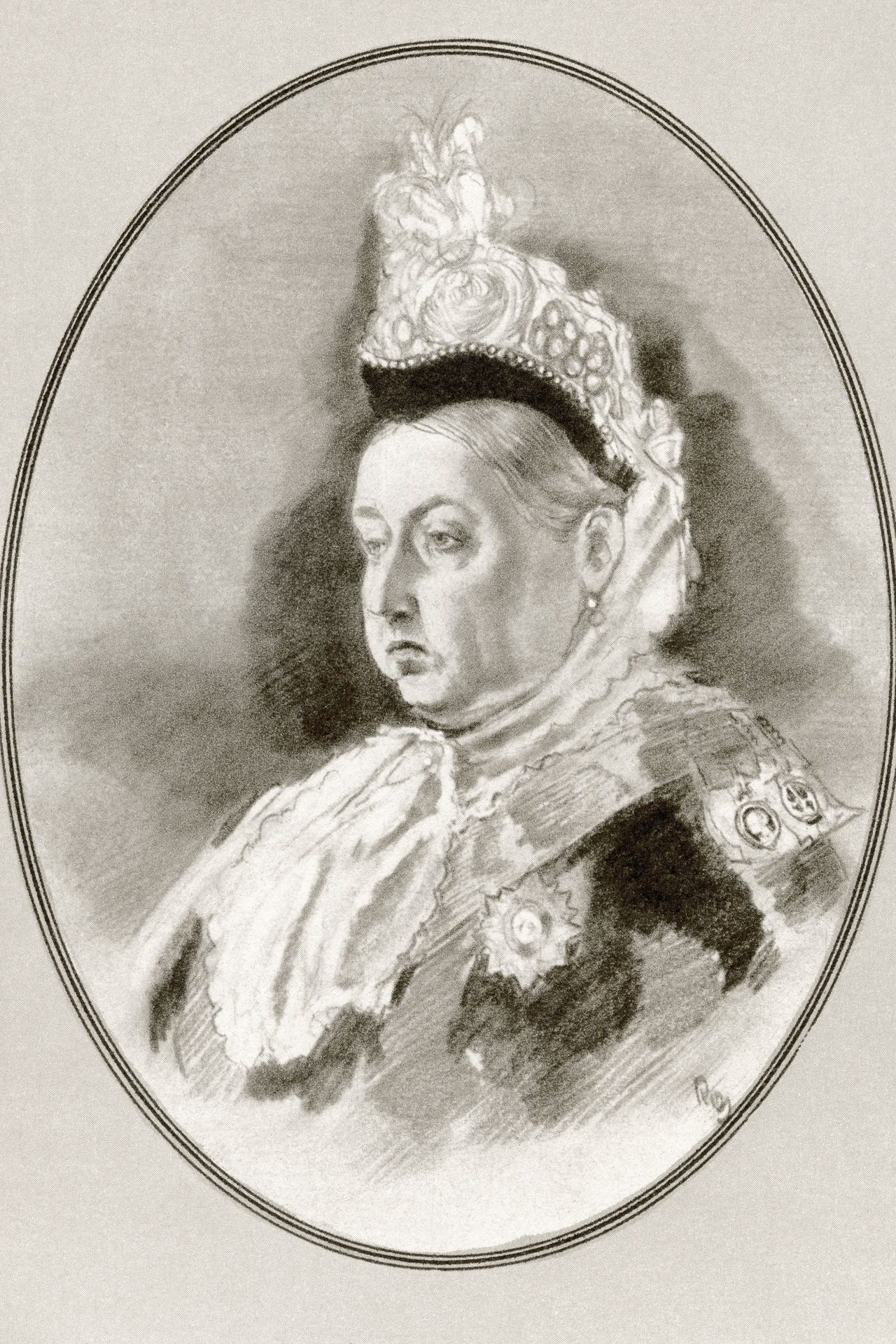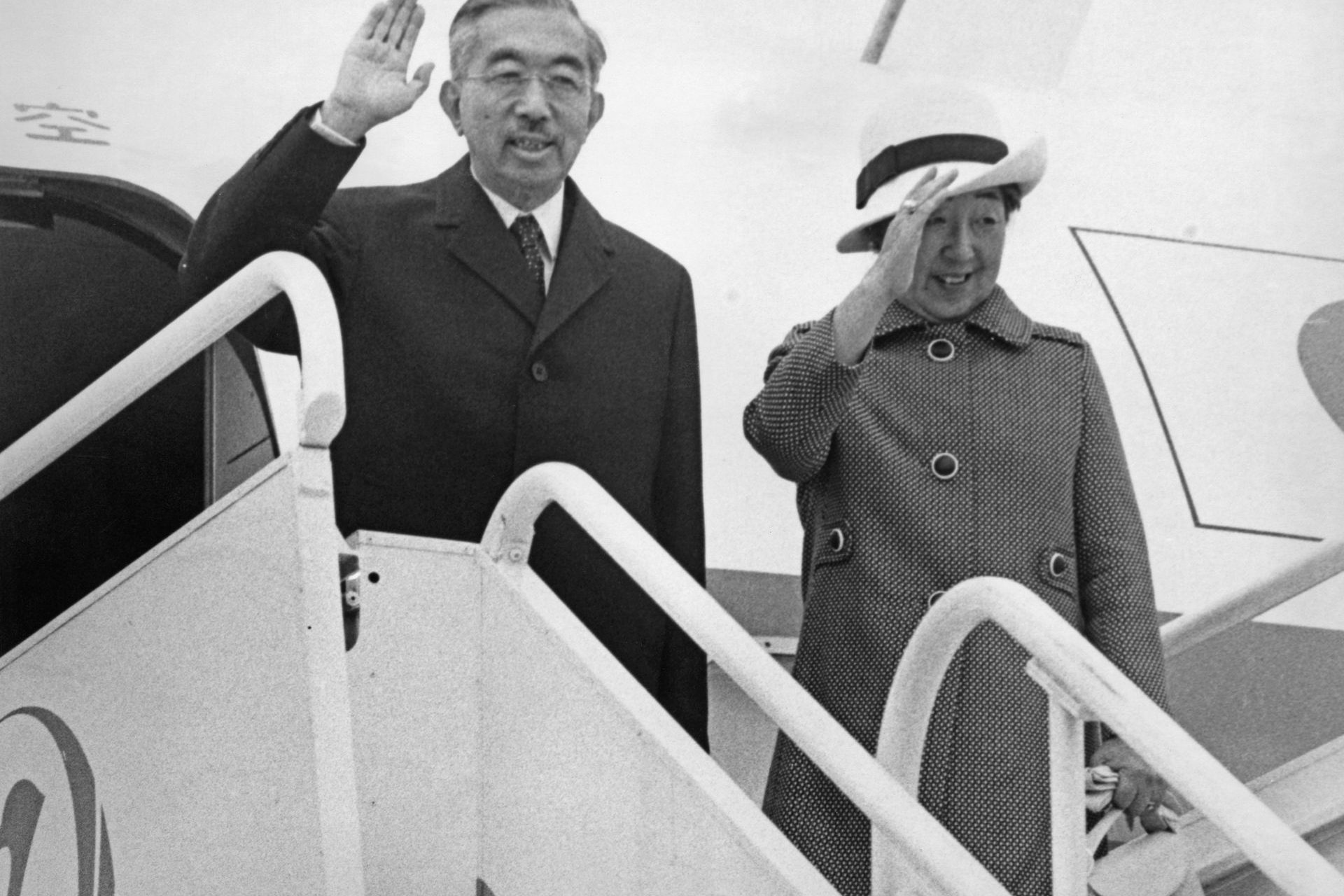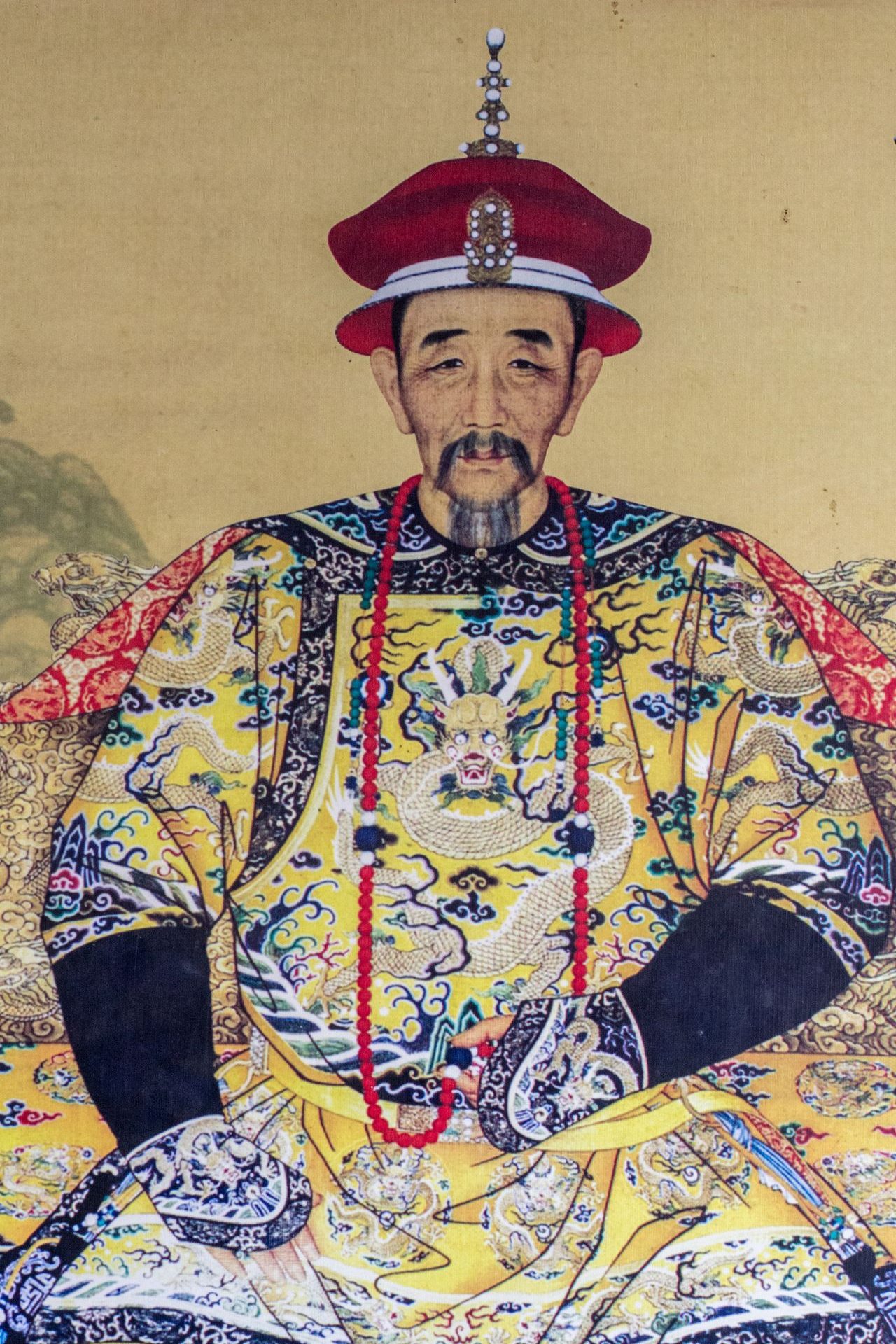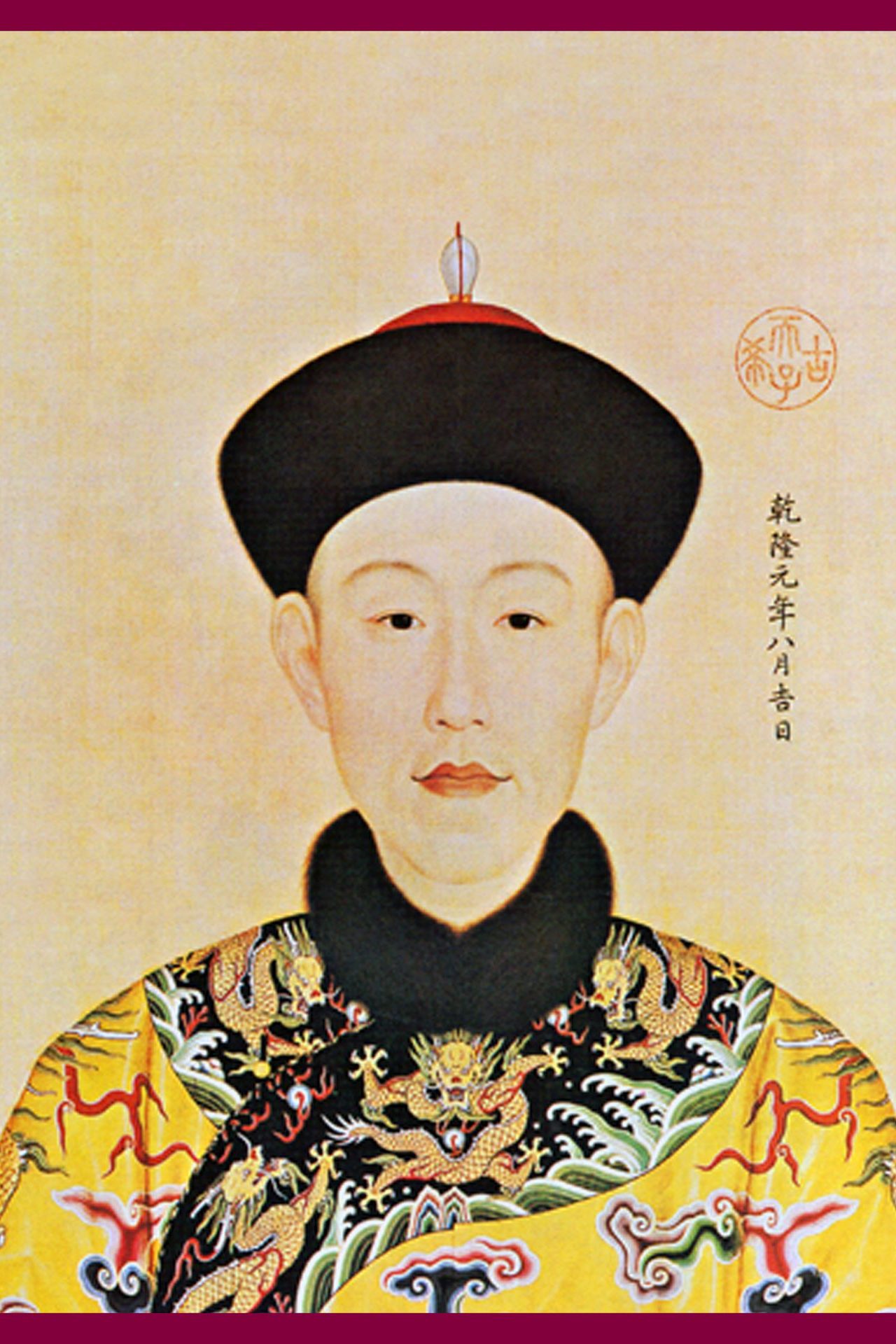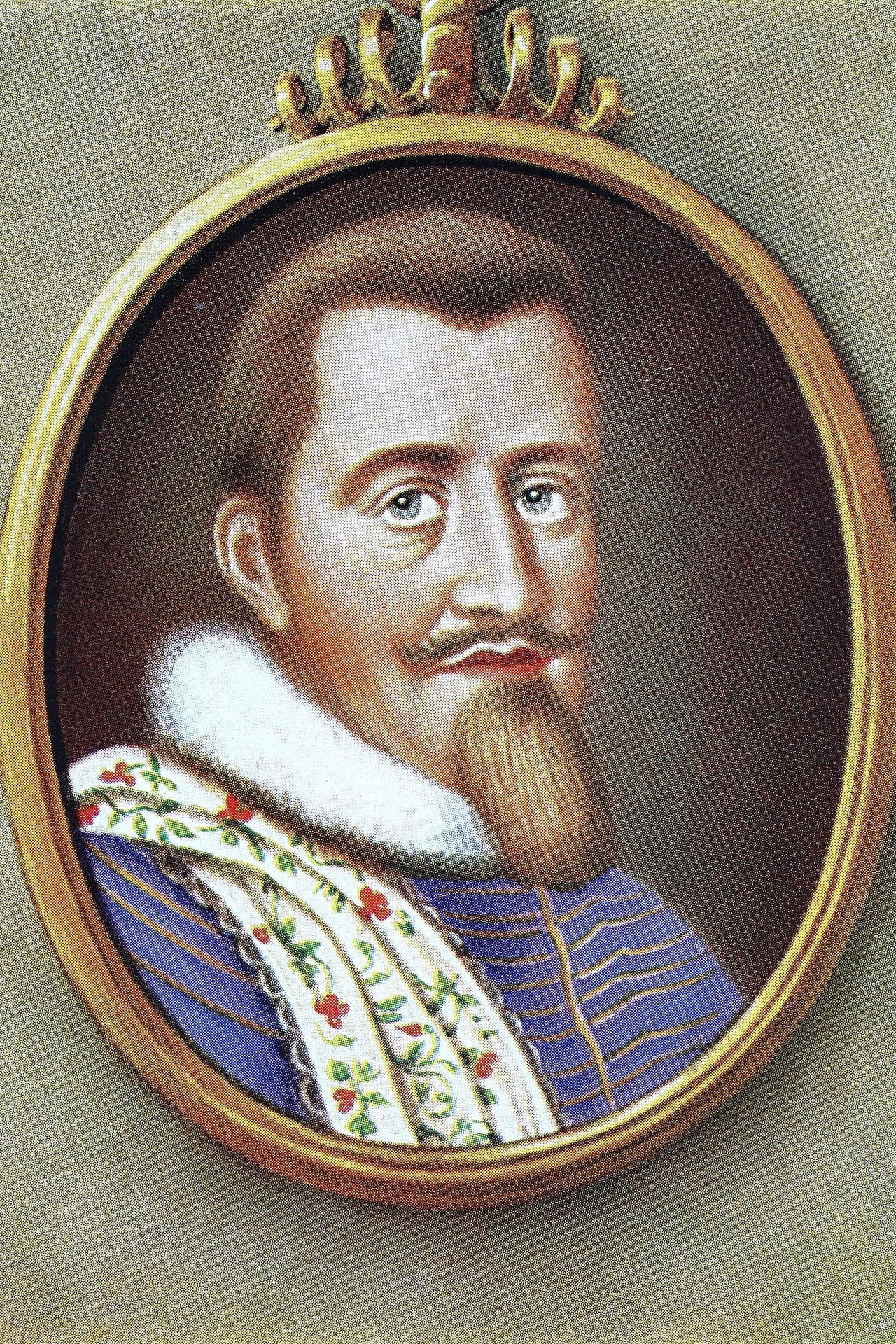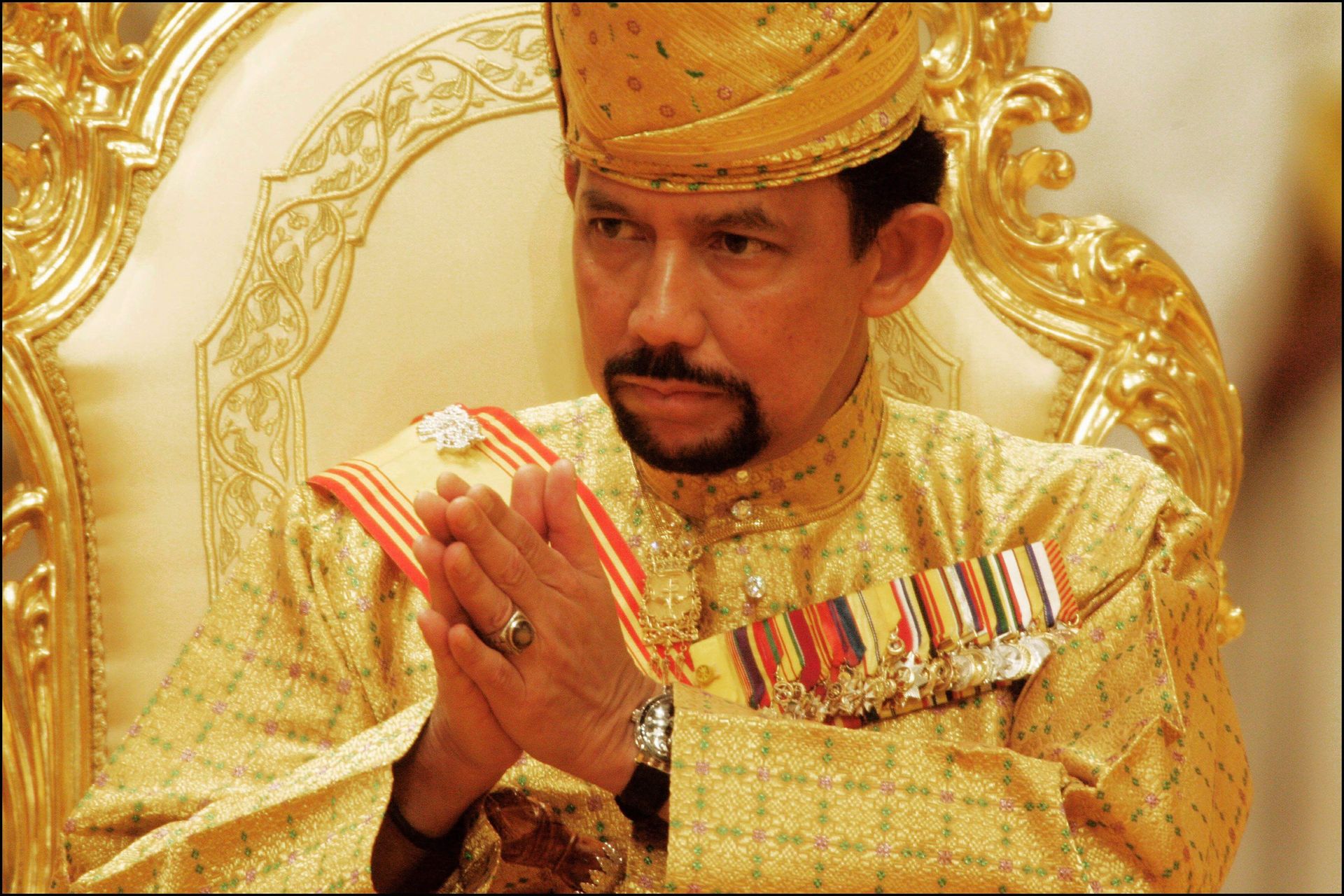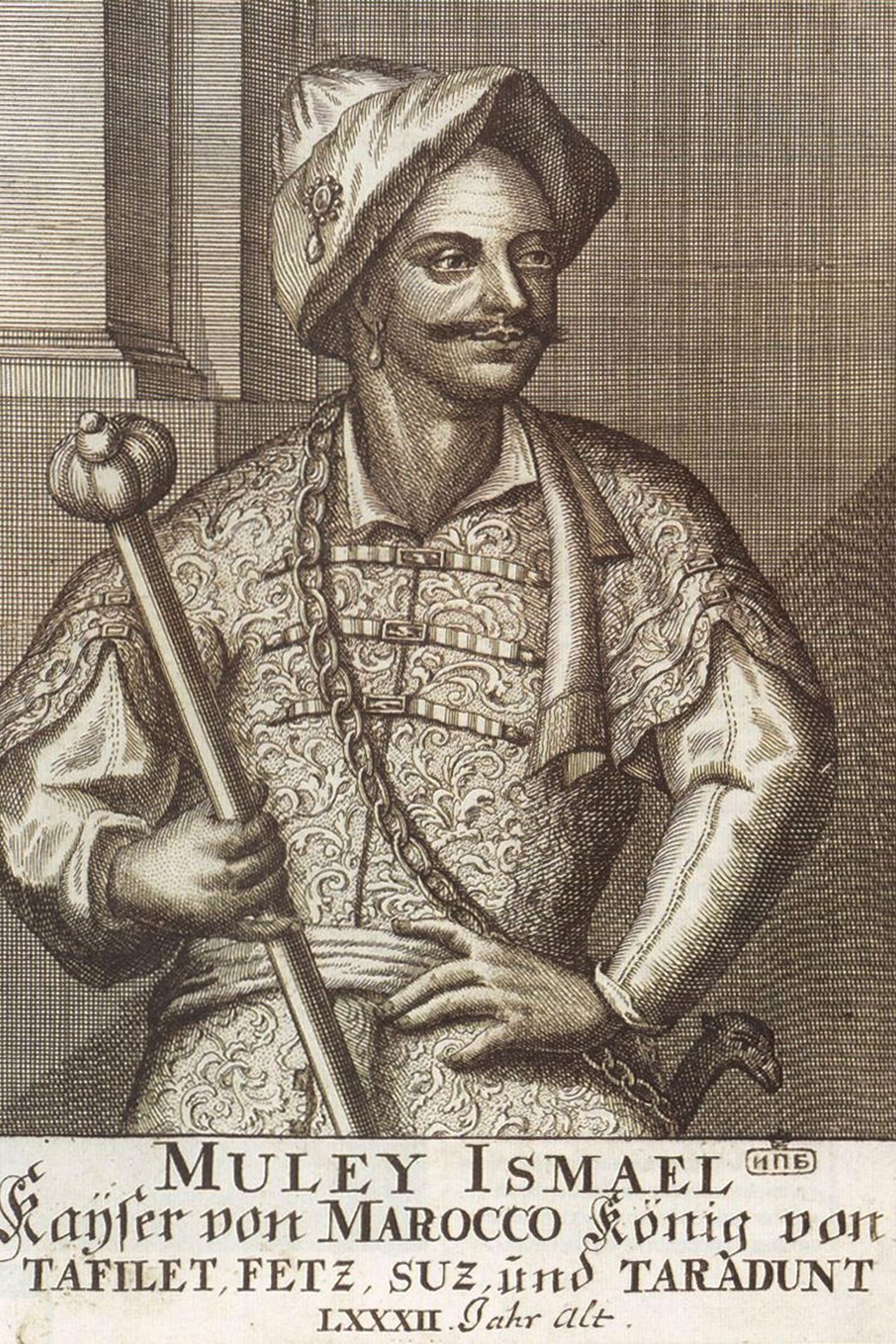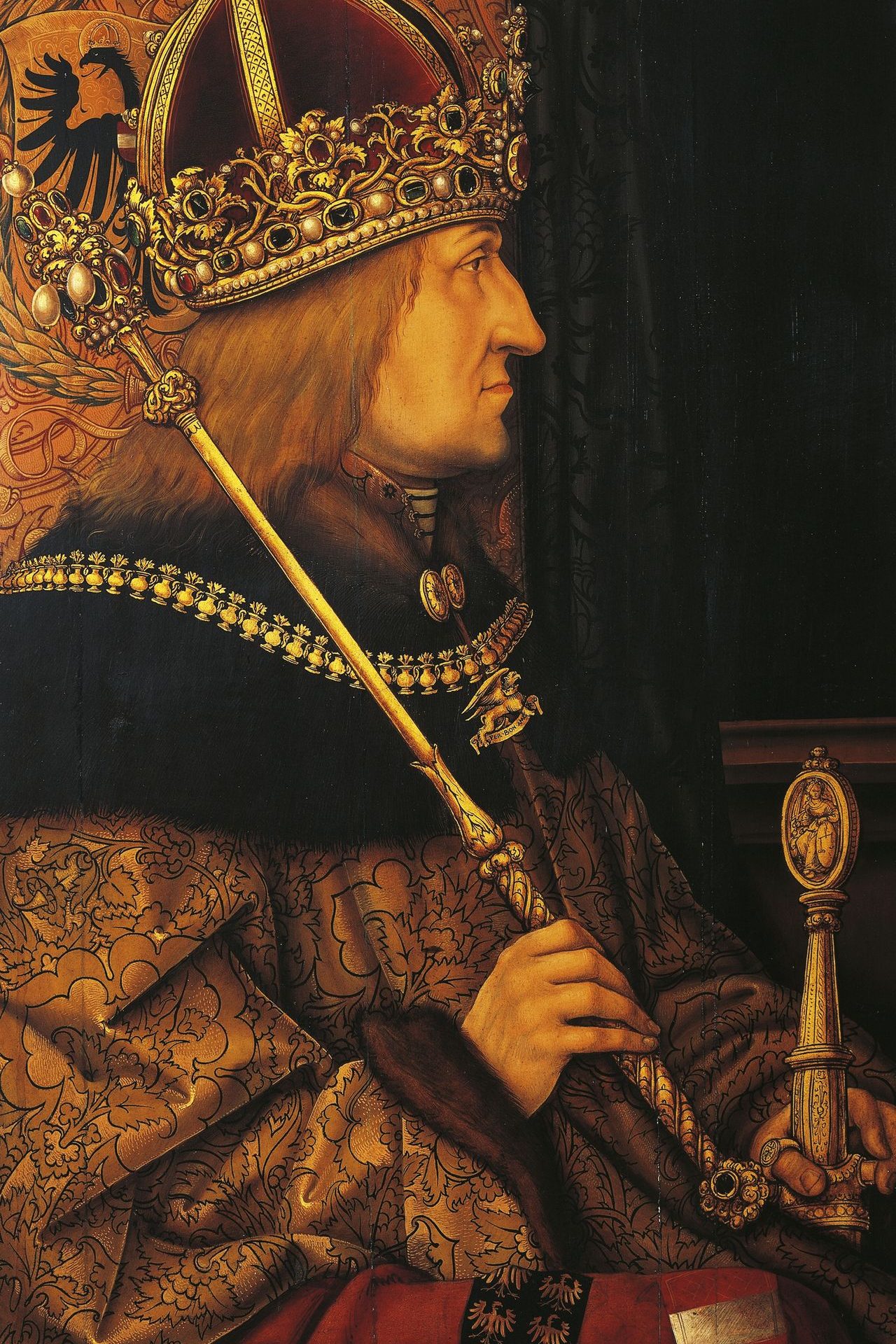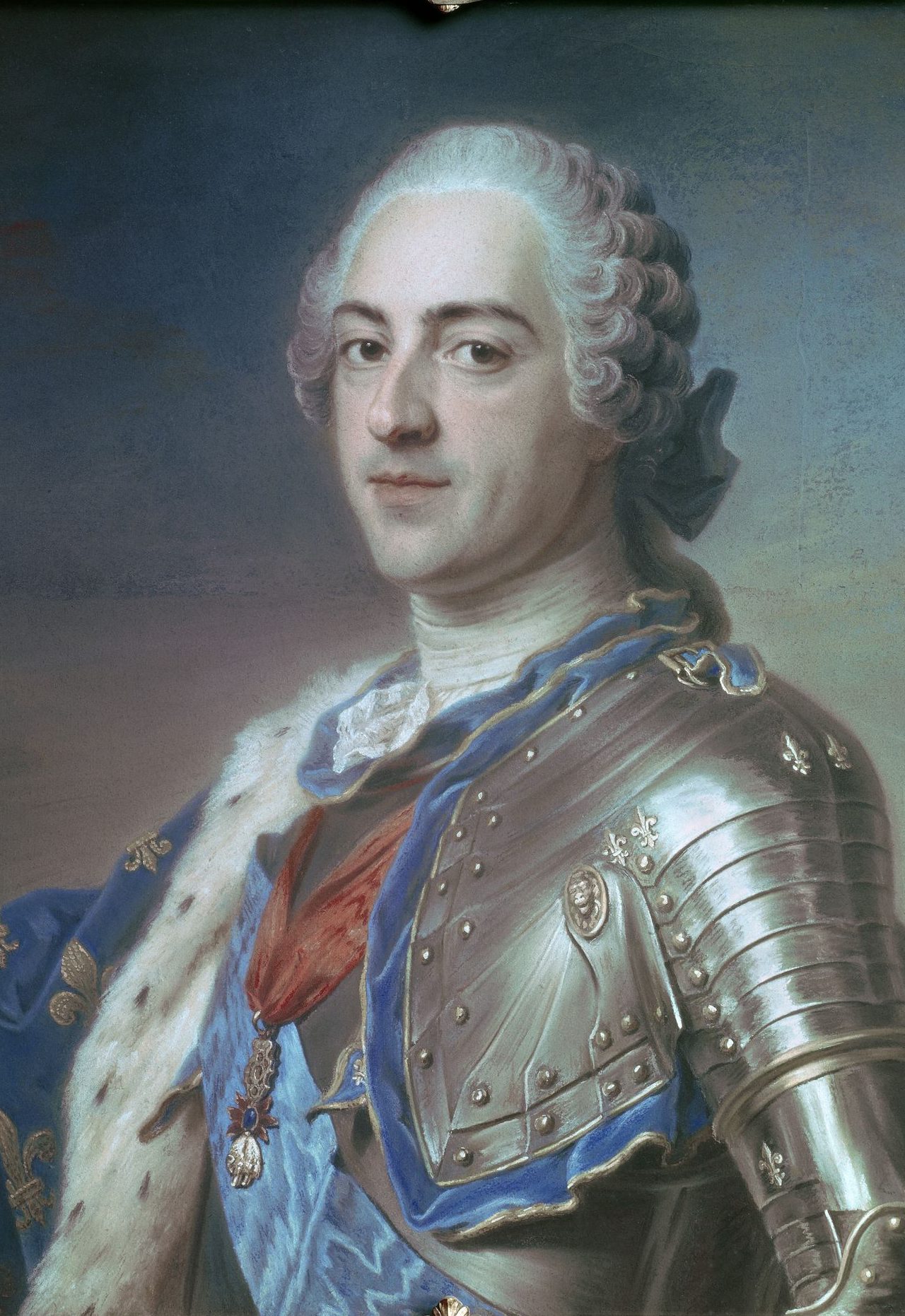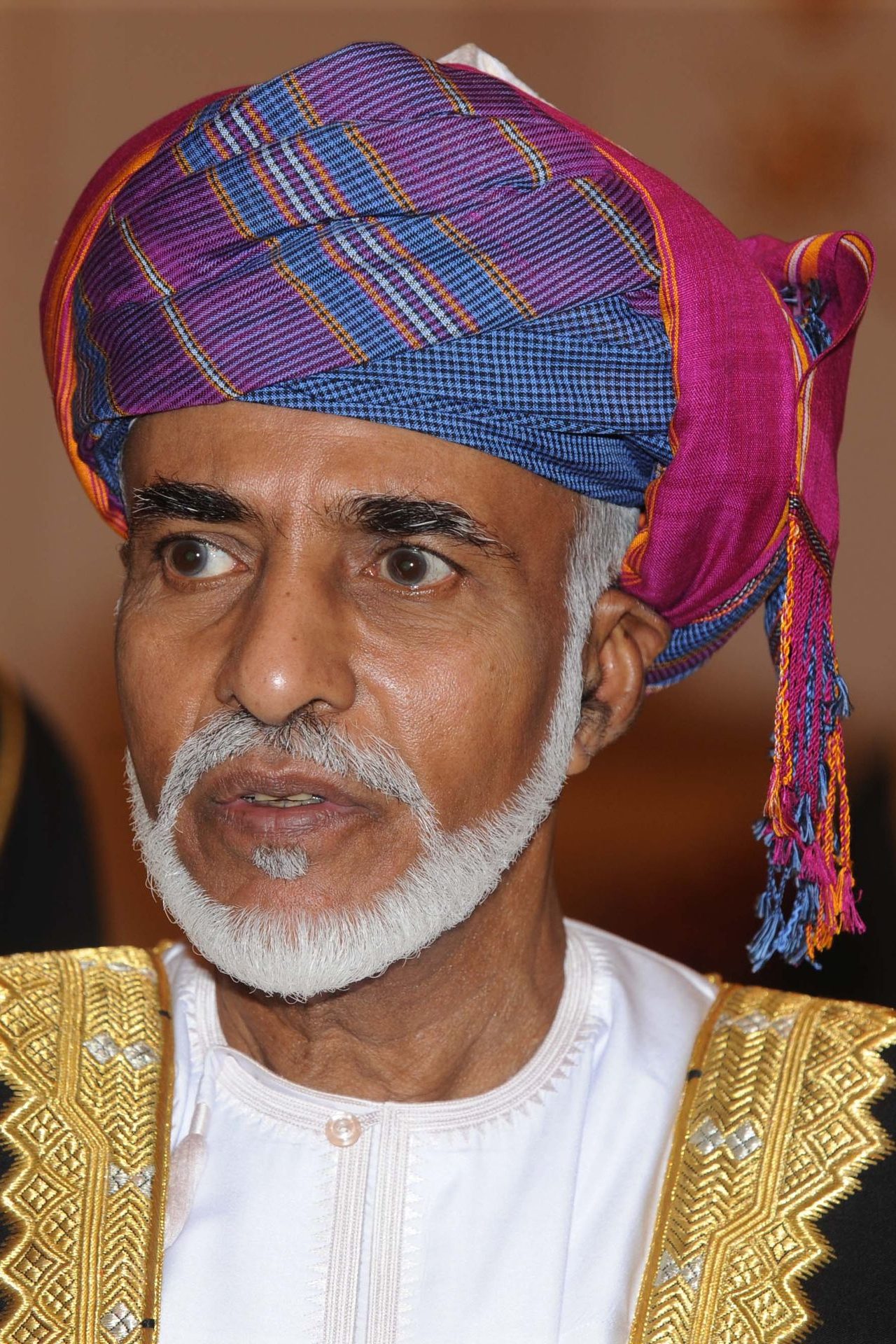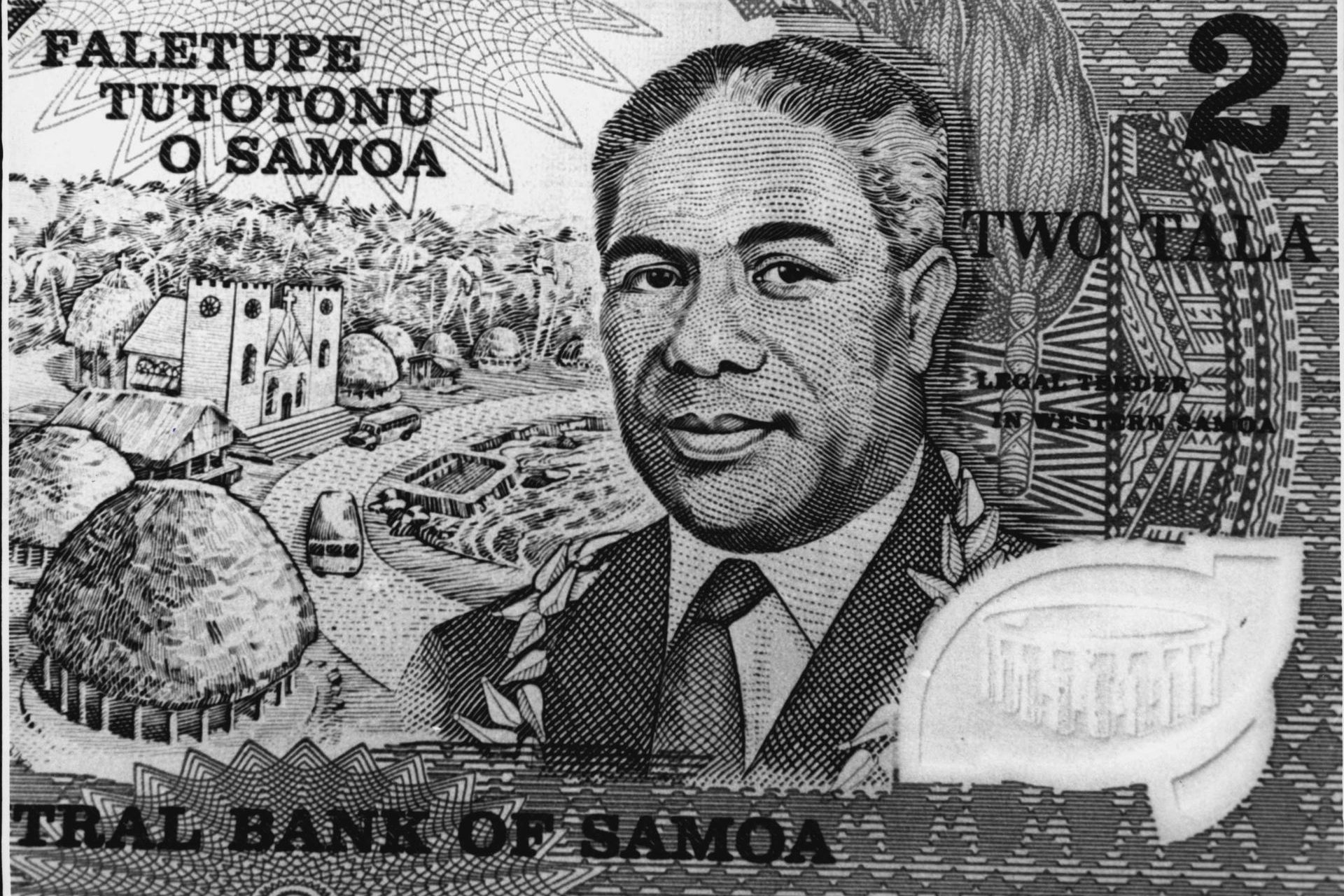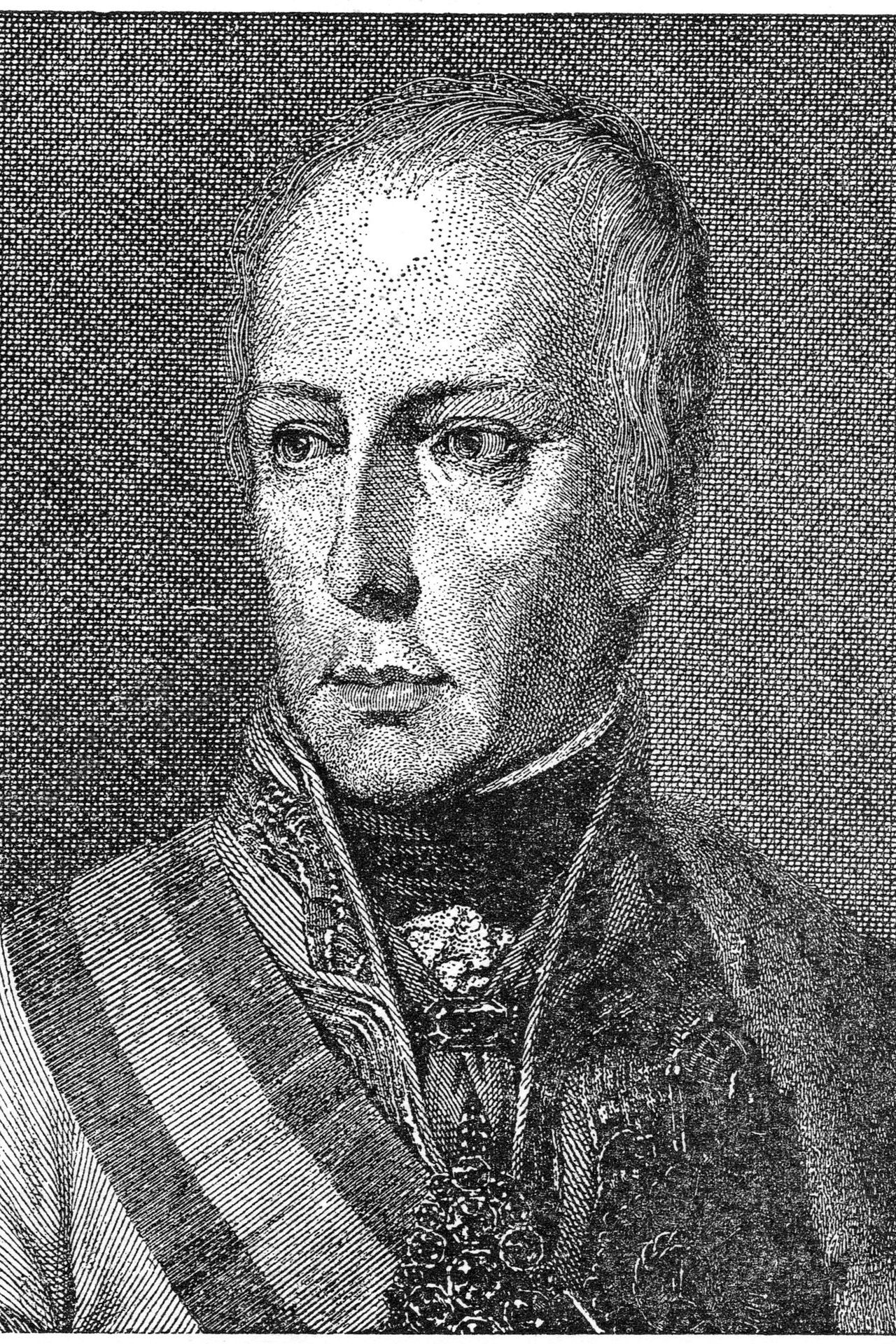Danish queen abdicates: Which monarchs remained on the throne the longest?
Aged 83 and suffering from several health problems, Queen Margrethe II of Denmark abdicates at the start of 2024. Her son Frederik succeeds her.
Crowned in 1972, the last queen of Europe reigned for more than half a century. This woman with an original personality herself created the illustrations for the Danish edition of 'Lord of the Rings' in the 1970s.
But her reign was not as long as that of Elizabeth II of England, who died in September 2022 after 70 years on the throne. Discover in pictures our selection of monarchs with endless reigns!
Although he did not really exercise power until he came of age, the Sun King officially reigned for 72 years, from the age of 5 to his death in 1715. It was a period of magnificence for the Court of Versailles and military successes for France.
Louis XIV is closely followed by Elizabeth II, who has single-handedly embodied an entire piece of British history, from the post-war years to Brexit, and has seen countless successive governments at the helm of the country.
This longevity was also achieved by Rama IX, real name Bhumibol Adulyadej, who was king of Thailand for exactly 70 years, from 1946 to his death in 2016.
For seven decades, Johann II was the prince of Liechtenstein, from 1858 to 1929. A feat to be saluted, even if he is not a monarch strictly speaking.
In the same region, his contemporary Franz Joseph I was Emperor of Austria for 67 years. It embodies an entire section of national history, from the “spring of the peoples” of 1848 to the disastrous First World War.
The 19th century was also marked by the very long reign of Victoria, in the United Kingdom, from 1837 to 1901. Nicknamed the "grandmother of Europe" as she coincided with the ascendant of the main monarchs of the continent, Victoria is also associated with the apotheosis of British power.
Emperor of Japan during the period of Asian conquest which culminated in World War II, Hirohito managed to remain on the throne for 62 years, until his death in 1989.
In China, Emperor Kangxi, the third of the Qing dynasty, reigned the longest in the Middle Kingdom (61 years), from 1661 to 1722.
A dozen years after Kangxi's death, Qianlong, the sixth emperor of the same dynasty, began a 60-year reign that ended only at the end of the 18th century.
King of Denmark and Norway, Christian IV reigned for 59 years, from 1588 to 1648. This ambitious and polyglot reformer contributed to the expansion of his country, skillfully taking advantage of the Thirty Years' War that ravaged Germany.
Crowned in 1967, Hassanal Bolkiah has been the Sultan of Brunei for 56 years, a country that became fully independent from the United Kingdom in 1984. Both a political and religious leader, he is currently the longest-serving head of state in the world.
The best-known representative of the Alaouite dynasty, Moulay Ismaïl was sultan of Morocco for 55 years, from 1672 to 1727. How power is often compared to that of Louis IV.
From the House of Habsburg, Frederick III was 'King of the Romans' from 1440 (the title granted to the elected emperors of the Holy Roman Empire before they acceded to the throne), then crowned emperor by the pope in 1453.
Successor and great-grandson of Louis XIV, Louis XV ascended the throne after a period of regency from 1715 to 1723. His reign of more than half a century is the second longest in French history.
The longevity of Margrethe II of Denmark could be surpassed by her Swedish neighbor, King Carl XVI Gustaf, who celebrated 50 years as the head of the kingdom in 2023. His reign was marked by the reduction of the monarch's responsibilities to an essentially symbolic role.
In the Sultanate of Oman, Qaboos ibn Said reigned for a little less than 50 years, from 1970 to his death in January 2020. Divorced, without children, and not very repressive on the choice of religion and sexual orientation, this modernizer has long stood out among the monarchs of the Middle East.
In the Samoa Islands in the Pacific Ocean, Malietoa Tanumafili II was the traditional ruler of the state for 45 years, from 1962 to 2007. He was a member of the Baha'i Faith, a monotheism that advocates the spiritual unity of humanity.
Four centuries before the second queen with the same name, Elizabeth I also had a very long reign (44 years), from 1558 to 1603. The so-called 'Elizabethan' period was that of renewed political stability, conducive to the development of the kingdom of England.
The last emperor (under the name Francis II) of the Holy Roman Empire, from 1792 to its dissolution in 1806, and emperor of Austria from 1804 to 1835, Francis I led his state during the Napoleonic Wars before leading it to the summit of its power under the influence of the diplomat Metternich.

